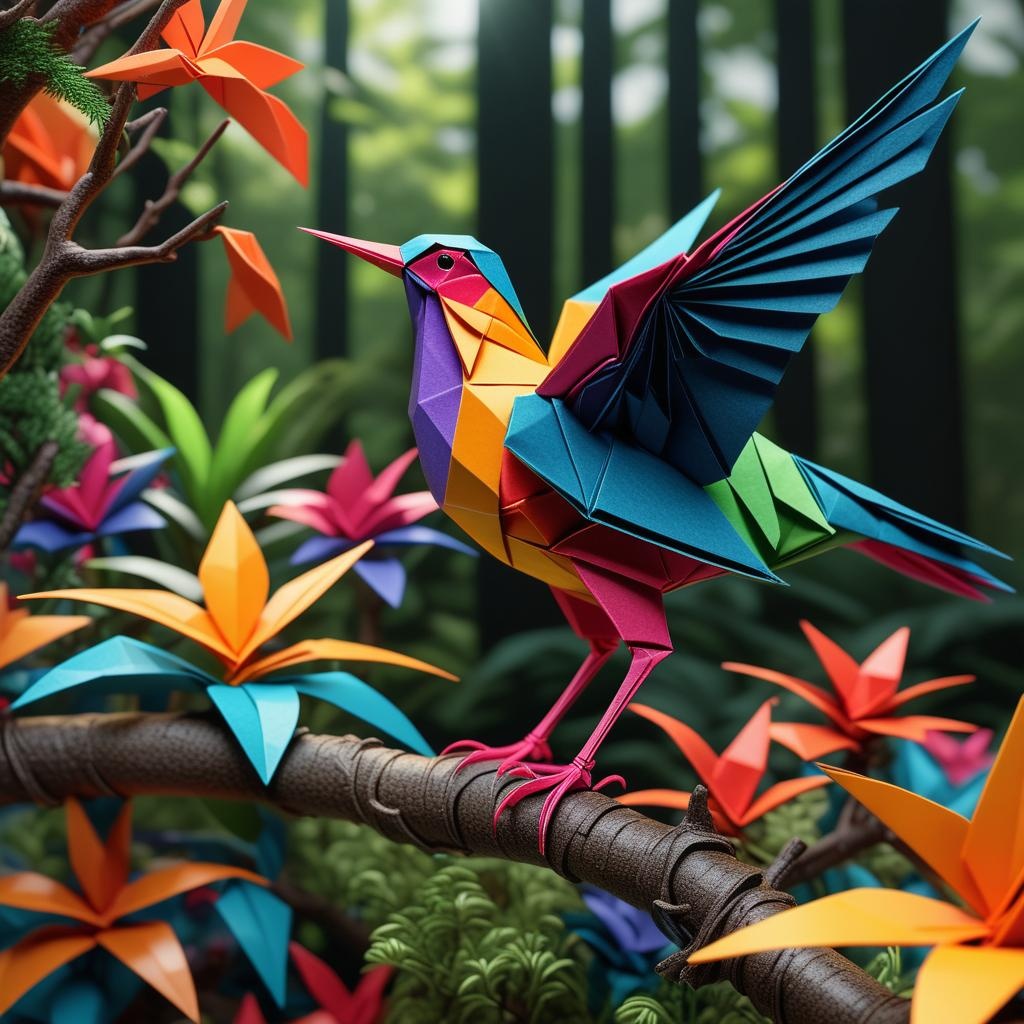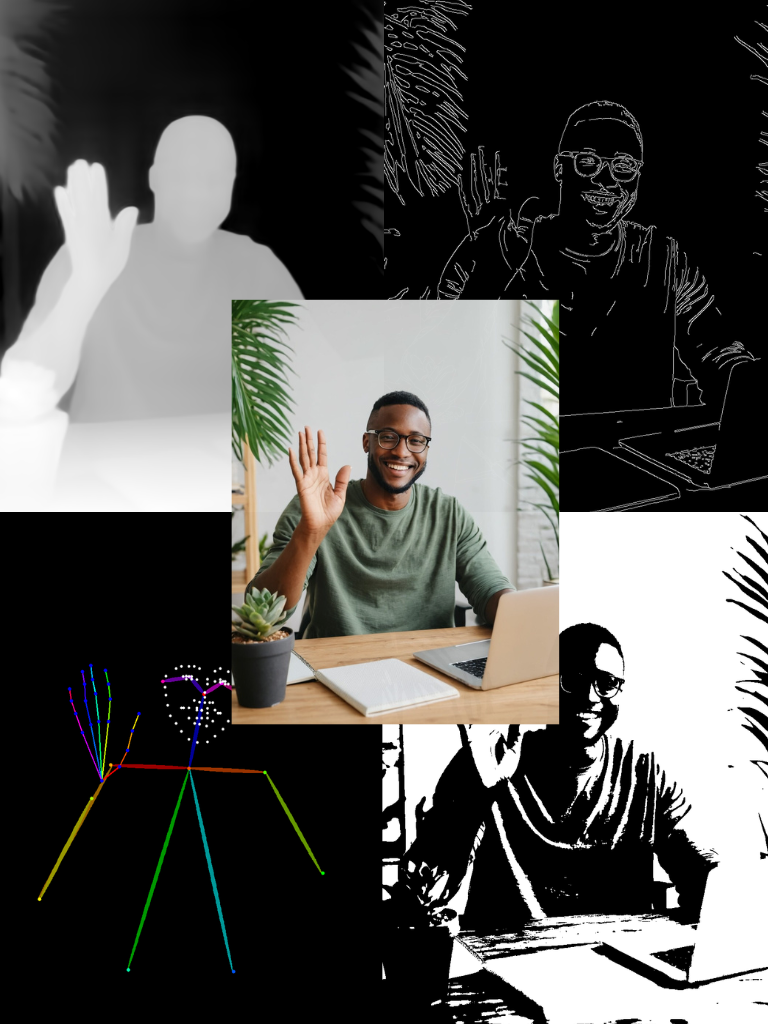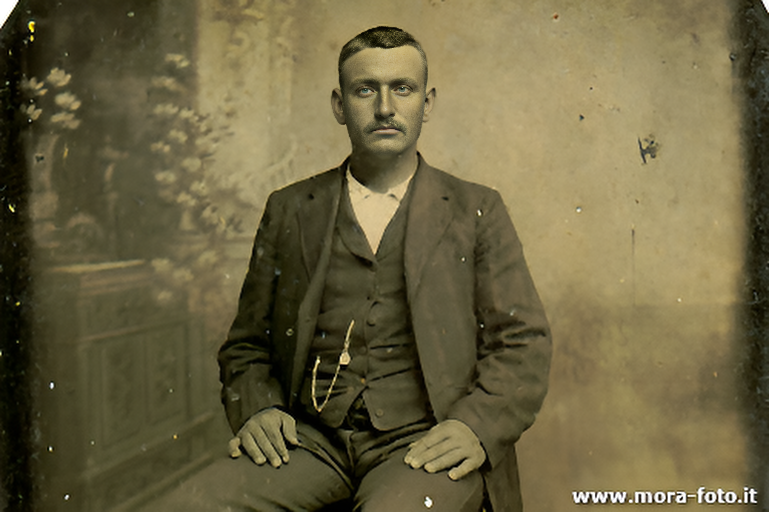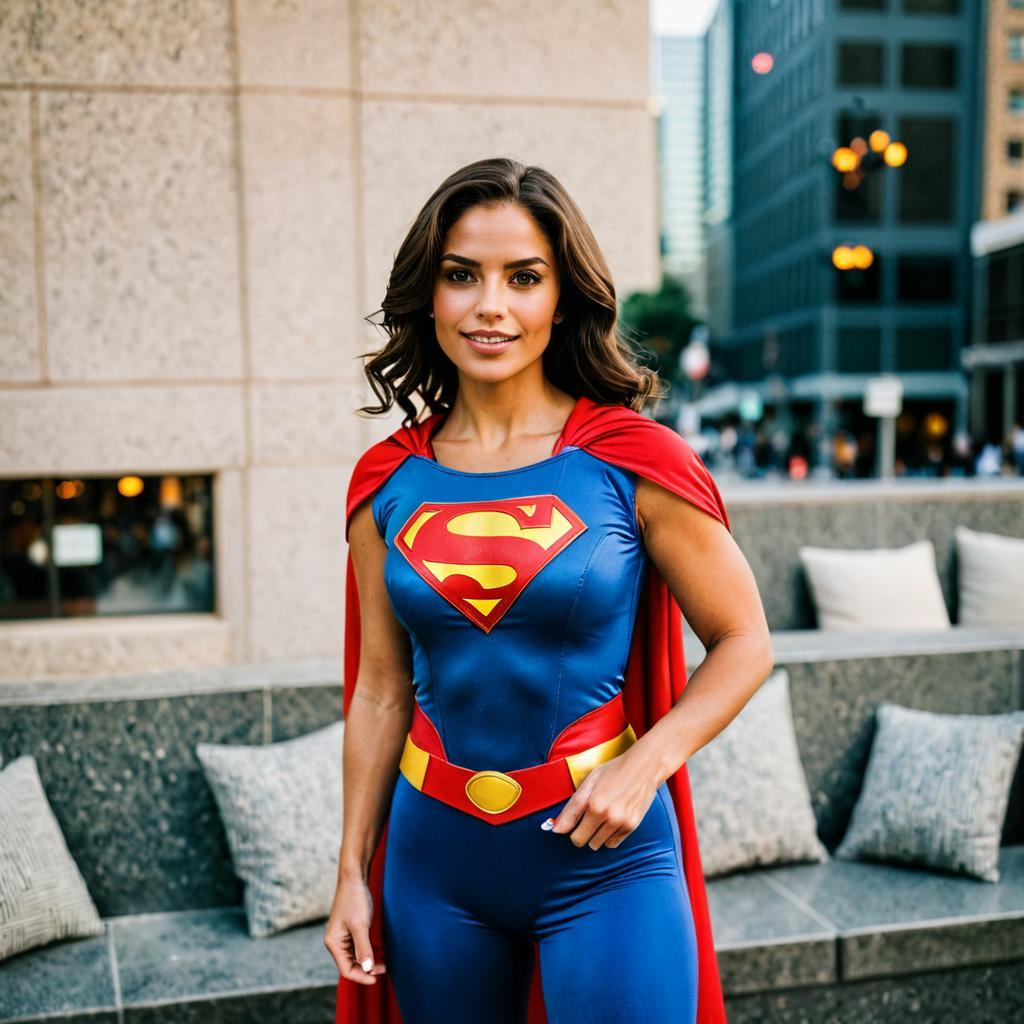PixelFlow allows you to use all these features
Unlock the full potential of generative AI with Segmind. Create stunning visuals and innovative designs with total creative control. Take advantage of powerful development tools to automate processes and models, elevating your creative workflow.
Segmented Creation Workflow
Gain greater control by dividing the creative process into distinct steps, refining each phase.
Customized Output
Customize at various stages, from initial generation to final adjustments, ensuring tailored creative outputs.
Layering Different Models
Integrate and utilize multiple models simultaneously, producing complex and polished creative results.
Workflow APIs
Deploy Pixelflows as APIs quickly, without server setup, ensuring scalability and efficiency.
Insta Depth
Insta Depth generates new images that very closely resemble a specific person and also allowing for different poses and angles. It achieves this using a single input image of the person and a text description of the desired variations, along with a reference image. The key aspect of Insta Depth involves transferring the composition of the person’s image into different poses based on the face image of the person. This ensures that the generated image maintains the unique identity of the person while allowing for variations in pose. This model is an add-on and improvement to InstantID model.
Key Components of Insta Depth
Insta Depth is a combination of Instant ID and ControlNet Depth models.
-
ID Embedding: This part analyzes the input image to capture the person's unique facial features, like eye color, nose shape, etc. It focuses on these defining characteristics (semantic information) rather than the exact location of each feature on the face (spatial information).
-
Lightweight Adapted Module: This module acts like an adapter, allowing the system to use the reference image itself as a visual prompt for the image generation process. The reference image can be any pose image.
-
IdentityNet: This is where the actual image generation happens. It takes the information from the ID embedding (facial characteristics) and combines it with the text prompt to create a new image.
-
ControlNet Depth enables composition transfer by understanding the depth of the input face image. It accurately preserves the person’s face in the new pose (reference image) in the output image.
How to use Insta Depth
-
Input image: Provide a clear image of the person you want to generate variations for. This image is used to capture unique facial features and characteristics of the person.
-
Pose Image: Upload a reference image that represents the pose you want the person in the input image to take. This could be any pose like standing, jumping, sitting, etc.
-
Prompt: Provide a text prompt that describes the final output you envision. For example, if you want the person in the image to appear as if they’re wearing a Wonder Woman costume, your prompt could be “Photo of a woman wearing a Wonder Woman costume”.
Other Popular Models
sdxl-img2img
SDXL Img2Img is used for text-guided image-to-image translation. This model uses the weights from Stable Diffusion to generate new images from an input image using StableDiffusionImg2ImgPipeline from diffusers

sdxl-controlnet
SDXL ControlNet gives unprecedented control over text-to-image generation. SDXL ControlNet models Introduces the concept of conditioning inputs, which provide additional information to guide the image generation process

illusion-diffusion-hq
Monster Labs QrCode ControlNet on top of SD Realistic Vision v5.1

codeformer
CodeFormer is a robust face restoration algorithm for old photos or AI-generated faces.

